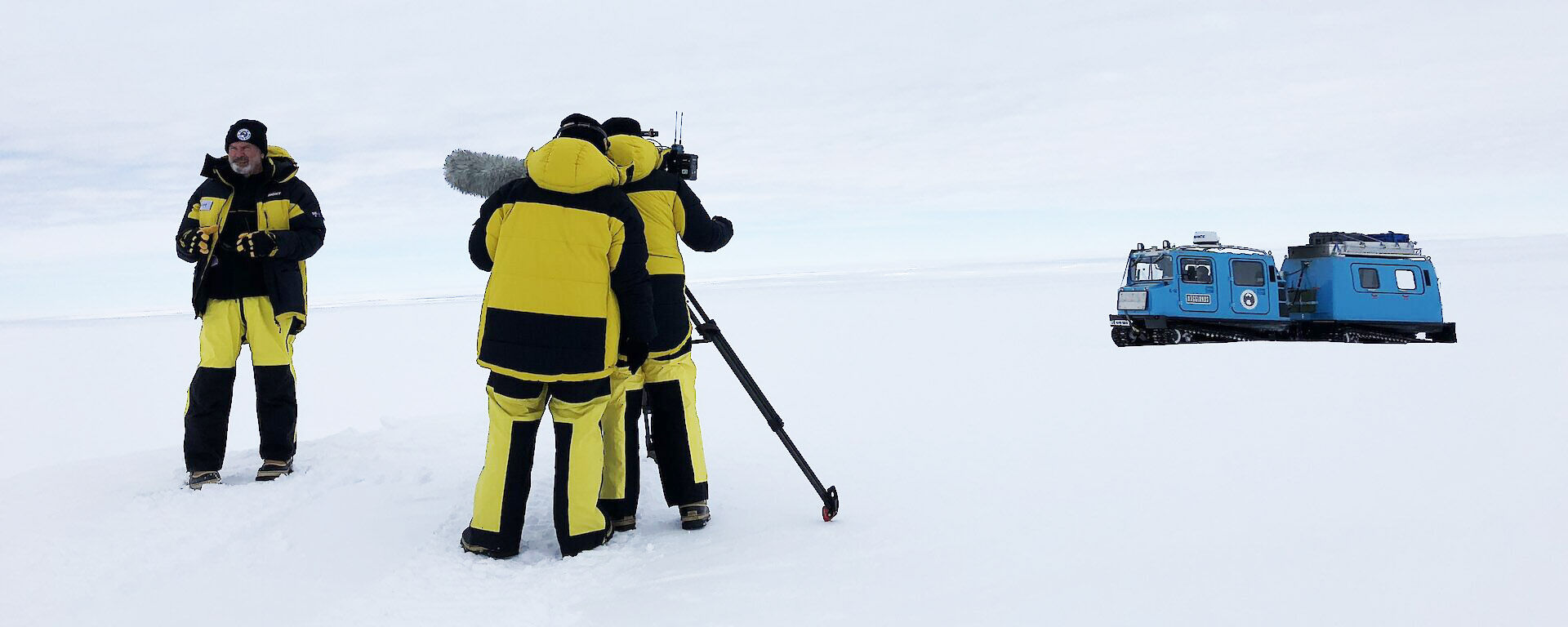Antarctic video gallery
Mawson midwinter swim
Closer to the South Pole, periods of winter darkness and summer daylight increase during the year
Fin whale 20 and 99 Hz pulses sped up 8 times (Brian Miller/AAD)
Secret Life of Penguins
Mother's Day 2022
Sign from the south
Microscopic Allies
21–22 Season Highlights
Pete Pedersen Station Leader
on


